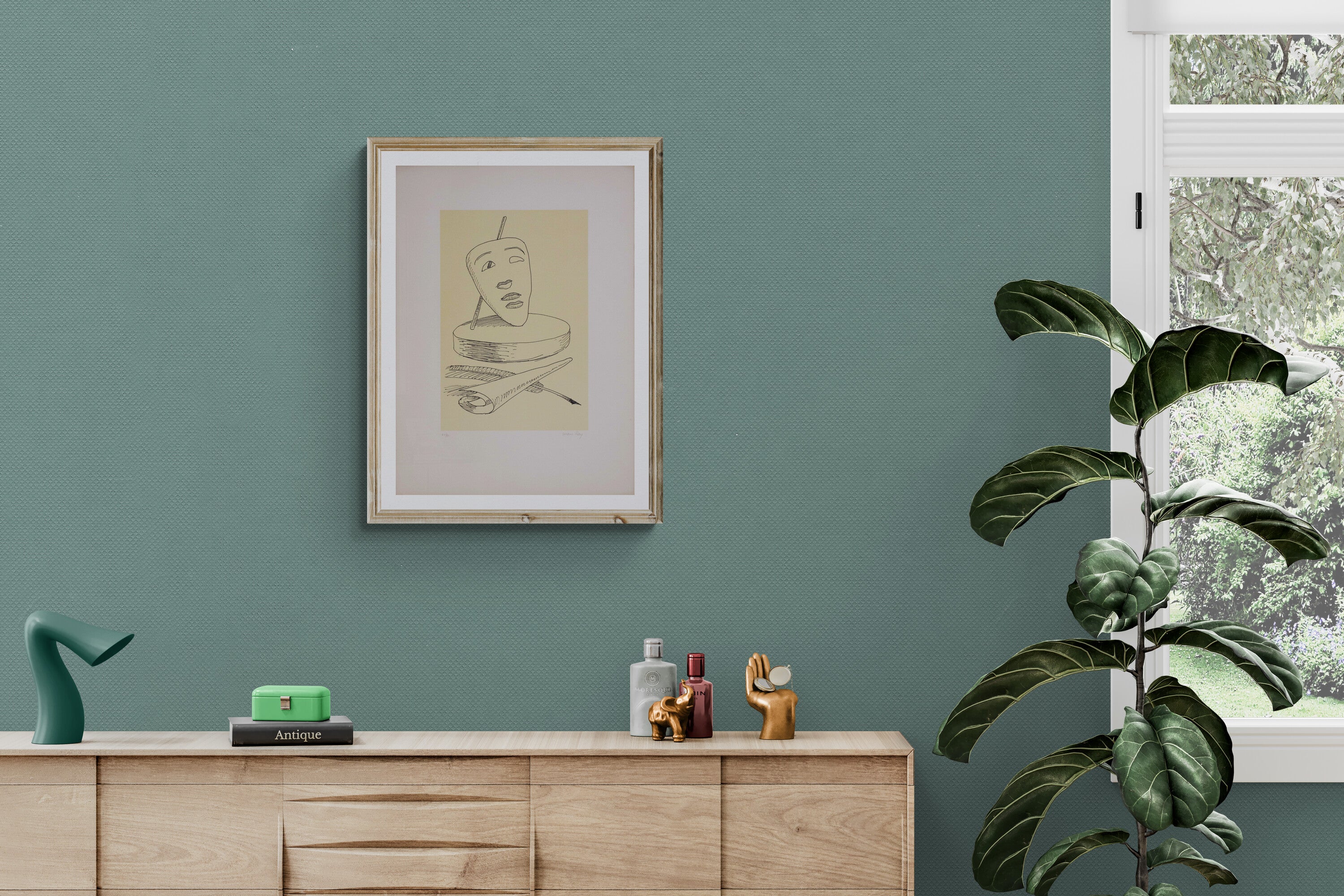Jesus Rafael Soto biography
- JESUS RAFAEL SOTO ARTIST
Jesús Rafael Soto was a Venezuelan painter and sculptor among the most influential of the kinetic art movement, known for his interactive and dynamic artworks that involved the viewer in a unique visual experience.
Born in 1923 in Ciudad Bolívar, Venezuela, Jesus Rafael Soto showed an early artistic talent by painting movie posters for the cinemas in his hometown. His desire to deepen his artistic skills led him to enroll at the Caracas Art Academy, where he received training that would lay the foundation for his future artistic career. Later, in 1947, he had the opportunity to direct the Escuela de Artes Plasticas in Maracaibo, a crucial formative period that marked the beginning of his journey towards kinetic art.
In 1950, he moved to Paris, where he came into contact with important avant-garde artists such as Jean Tinguely, Victor Vasarely and Yaacov Agam. These encounters deeply influenced him and led him to explore kinetic art, an artistic current that uses movement and optical illusion to actively engage the viewer.
Jesus Rafael Soto's artworks soon became internationally known thanks to exhibitions organized in important art galleries such as the Denise René Gallery and the Salon des Realites Nouvelles. His fame grew to the point that, between the 1970s and 1990s, his creations found space in renowned museums such as the MOMA and the Guggenheim Museum in New York.
A significant tribute to his artistic career was the Jesús Soto Museum of Modern Art, inaugurated in 1973 in Ciudad Bolívar, his hometown. Designed by architect Carlos Raúl Villanueva, the museum houses numerous artworks by the artist, including paintings, sculptures, and installations. For some years, the museum's direction was entrusted to another protagonist of kinetic art, the Italian Getulio Alviani.
The artist's artworks are characterized by the creation of "penetrables," interactive sculptures made of thin hanging tubes through which viewers can walk. These artworks convey a particular perception directly to the brain, rather than just to the eye. His art is completed only with the observation of the artwork by the viewer, who becomes an essential element of the artistic composition.
Towards the end of his career, Jesus Rafael Soto also dedicated himself to public artworks, creating murals for the UNESCO building in Paris in 1970 and kinetic structures integrated into architecture in places such as the Renault factory in Boulogne-Billancourt and the Pompidou Center in Paris. The mobility of images and the use of light were central to Soto's artworks, whose main goal was to actively involve the viewer in the artistic experience. His work left an indelible mark on kinetic art and continues to inspire and fascinate artists worldwide.
His death, which occurred in Paris in 2005, represented a significant loss for the international artistic community. However, his artistic legacy still lives on through his artworks displayed in museums and his influences manifested in the works of new generations of kinetic artists. Over the years, the name Jesús Rafael Soto continues to shine as one of the great masters of twentieth-century kinetic art.



